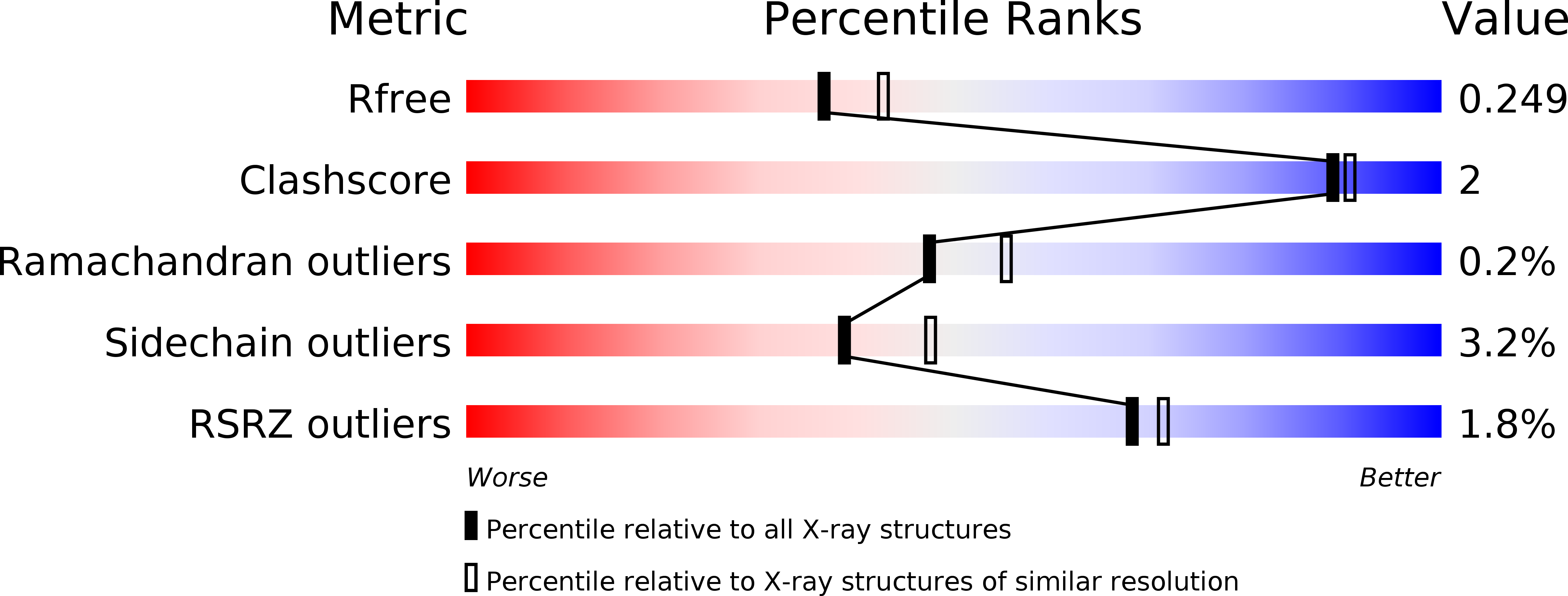
Deposition Date
2018-07-30
Release Date
2019-02-27
Last Version Date
2024-01-17
Entry Detail
PDB ID:
6H6X
Keywords:
Title:
Structure of an evolved dimeric form of the UbiD-class enzyme HmfF from Pelotomaculum thermopropionicum in complex with prFMN
Biological Source:
Source Organism:
Host Organism:
Method Details:
Experimental Method:
Resolution:
2.25 Å
R-Value Free:
0.24
R-Value Work:
0.19
R-Value Observed:
0.19
Space Group:
P 21 21 21


